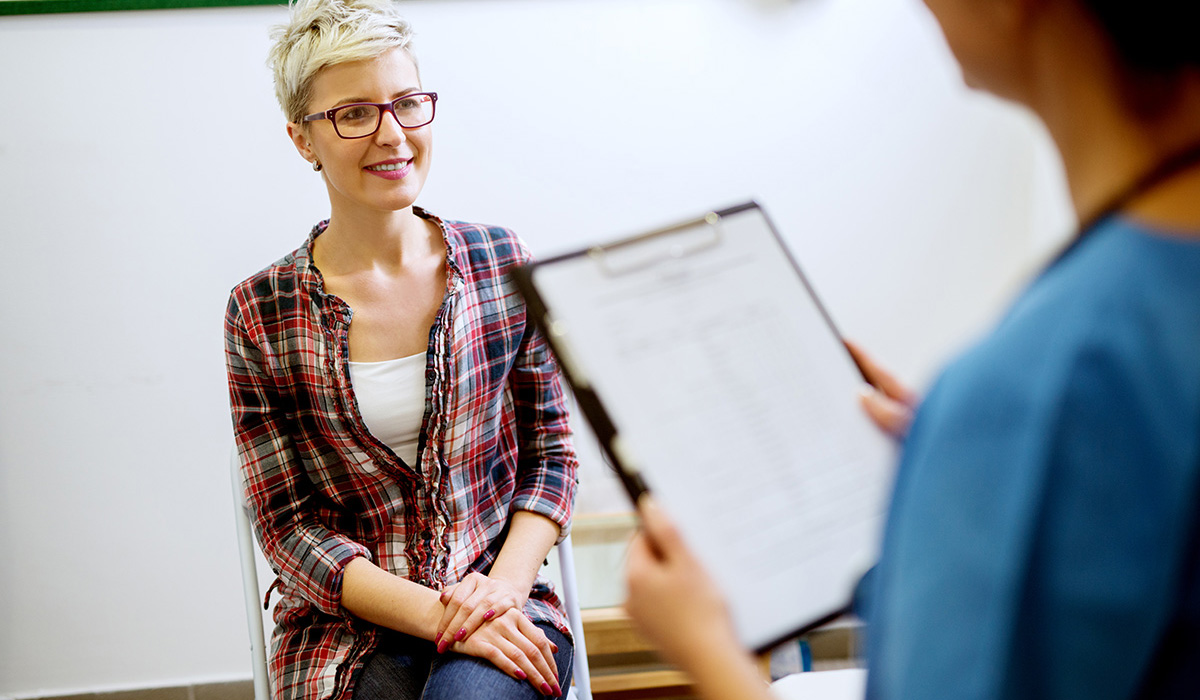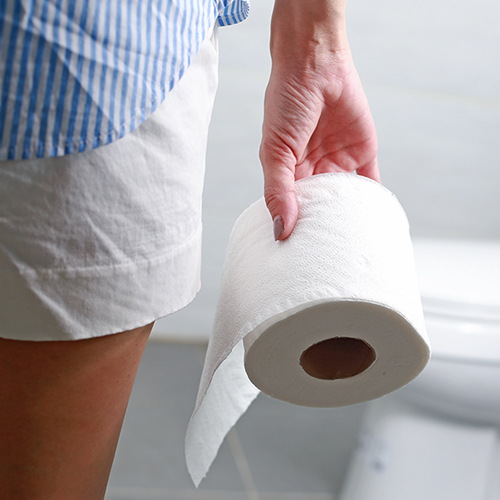September 2025
Osteoporosis is a condition in which bones lose mass and become weak to the point that they break easily. It is often called a “silent” disease because most people don’t know they have it—that is, until a bone breaks, often in the hip, wrist, or spine. Osteoporosis is most common in older adults. Approximately 19% of women aged 50 and older and 4% of men aged 50 and older have osteoporosis in the femur, lumbar spine, or neck.
The most effective way to diagnose osteoporosis is through a bone density scan. This simple, quick, and non-invasive scan uses X-rays to determine your bone density based on the amount of minerals, such as calcium, in your bones. Follow-up testing can also help your doctor determine if your condition is worsening, remaining the same, or improving with treatment.
When should you start having a bone density scan?
According to the Bone Health and Osteoporosis Foundation (BHOF), the following people should get a bone density scan (if they haven’t already):
- Women who are 65+.
- Men who are 70+.
- Anyone who has broken a bone after the age of 50.
- Women with risk factors who are 50 to 64 years old.
- Men with risk factors who are 50 to 69 years old.
After your first test, your doctor will let you know when you will need follow-up testing, based on your age, gender, current bone density, and other risk factors.
What are common risk factors for developing osteoporosis?
According to the BHOF, common risks for developing osteoporosis include:
- A family history of osteoporosis or fractures.
- Frequent falling.
- Vitamin D deficiency.
- Smoking.
- Excessive alcohol consumption.
- Malabsorption disorder (like celiac or Crohn’s disease).
- Certain medications (e.g., prednisone, proton pump inhibitors, and SSRIs).
In addition, frequent falls, height loss, and fractures after age 50 are potential warning signs of osteoporosis. If you are experiencing any of these, you are also considered to be at higher risk of having osteoporosis.



